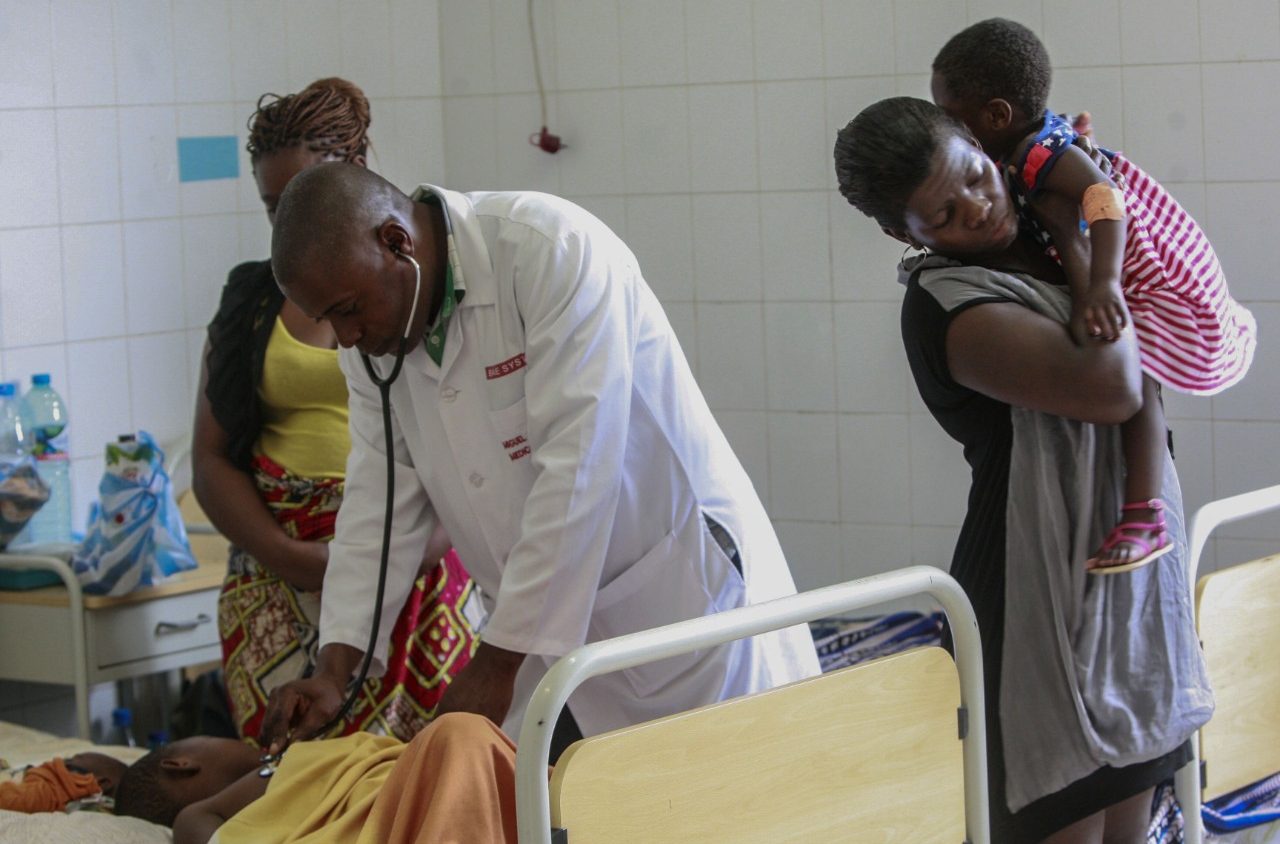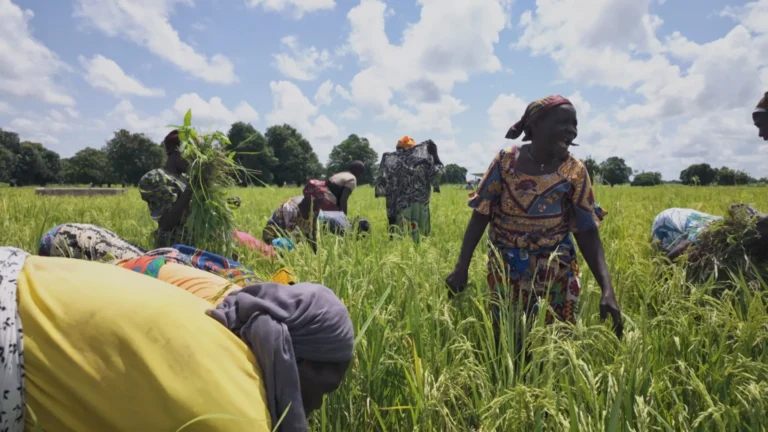
Two African nations, Cape Verde and São Tomé and Príncipe, have become examples of how malaria can be controlled – and even eradicated – while Angola and Mozambique remain among the hardest-hit countries on the continent, with thousands of deaths each year.
In 2024, Cape Verde became the first Portuguese-speaking African country to be officially certified malaria-free by the World Health Organization (WHO), after three consecutive years without any locally transmitted cases.
São Tomé and Príncipe, although not yet certified, has reported only minimal levels of transmission and is part of the global E-2025 initiative, which identifies nations with the potential to eliminate malaria by 2025.
Angola and Mozambique, by contrast, continue to record thousands of infections annually, with over 9,000 deaths, particularly affecting children and pregnant women. Malaria remains a leading cause of infant mortality, lost school days, and stalled economic progress in both nations.
The disparity between the islands and their mainland counterparts can be partly explained by geography. Cape Verde and São Tomé, as island nations, benefit from natural borders that make monitoring imported cases, isolating hotspots, and implementing control measures far easier.
Their relatively small size also allows near-total coverage of mosquito net distribution, spraying, and diagnostic testing campaigns.
Yet, geography alone does not account for their success. Both countries have built strong public health systems with active surveillance, rapid treatment, engaged communities, and sustained political commitment.
They have pursued zero local transmission as a national goal and worked closely with international partners to achieve it.
Meanwhile, Angola and Mozambique face enormous challenges. Both nations are vast, with open borders, remote and dispersed populations, and ecological conditions favorable to malaria transmission.
Healthcare services are often inaccessible, while surveillance systems remain weak, underreporting cases and delaying responses.
Distribution of preventive tools like mosquito nets is sporadic, and neither country has made malaria elimination a national priority, continuing to rely on fragmented control measures.
The examples of Cape Verde and São Tomé show that eradication is achievable with leadership, investment, strong health systems, and community engagement.
For Angola and Mozambique, success will depend on treating malaria as a national emergency and adopting a clear, coordinated elimination strategy.
As the lesson from the islands makes clear: there is no elimination without decision, and no victory without prioritization.



